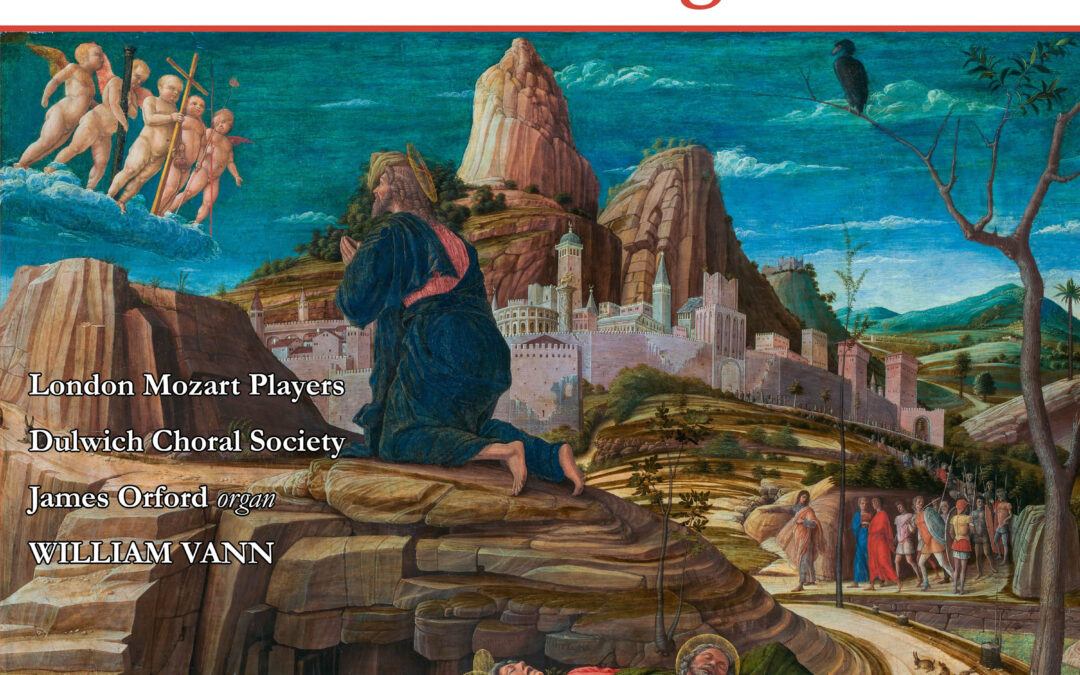Dulwich Choral Society
London Mozart Players
William Vann conductor
ALBION RECORDS ALBCD067
This release throws light upon what must be one of the least explored areas of a mainstream composer’s output. Hymnody was an important aspect of Vaughan Williams’ art. His involvement with the editing of hymn books began in 1904, when he was approached to undertake the production of The English Hymnal, and lasted at intervals for the rest of his life.
In the very informative notes, we are told that between 1906 and 1948 he composed 18 original tunes and adapted 37 others, mainly from folksongs. Since that time others have followed his example, but often with much less discrimination and skill.
While some became very popular, others are now scarcely known today. One such is Mantegna which is the basis for the most substantial work on the disc – Francis Jackson’s set of orchestral variations on the tune. I would regard this as a real find and makes one wish that Jackson’s Symphony was performed more often. (This was his doctoral exercise for Durham University and has, I believe, been revived by the York Musical Society. )
Elsewhere we have orchestral versions of works that are known in their original form as organ solos. These include Whitlock’s Prelude on King’s Lynn, RVW’s Prelude on ‘Song 13’, Romanza ‘The White Rock’, and Toccata ‘St David’s Day’. In addition, there are pieces based on less well-known Vaughan Williams tunes such as White Gates and Magda.
All these items respond well to the treatment given. The opening and closing items are likely to be the most familiar, e.g. RVW’s arrangement of Old Hundreth for the Queen’s Coronation, in this case in a slightly reduced orchestration. This has been skilfully done, but I missed the inclusion of the organ, here apparently perfectly possible. The final item is Henry Ley’s treatment of Sine Nomine (For all the saints).
Taken as a whole, this is an interesting release which illuminates hitherto less familiar areas of the composer’s output. The quality of the performances is uniformly high, but my only reservation concerns the recorded sound where I feel that the choir sounds too recessed in the items involving the full forces.
This is rather made evident by the better results in the unaccompanied items such as Gibbons’ ‘Jesu, grant me this, I pray’. This does not, however, detract from the enjoyment of the programme. This is a valuable addition to our knowledge of one of Britain’s most distinguished composers.
Review by Martyn Strachan

